Avocado Oil or Grapeseed Oil: Which Is Better?
Avocado oil and grapeseed oil stand among the most versatile cooking oils available today.
Many home chefs have started incorporating these flavorful options into their daily meals.
The distinct properties of each oil make them suitable for different cooking methods and recipes.
Avocado oil contains higher amounts of monounsaturated fats, giving it excellent heat stability.
This golden-green liquid adds a subtle buttery taste to foods without overpowering other ingredients.
Grapeseed oil, meanwhile, offers a nearly neutral flavor profile with a light, clean finish.
Both oils have gained popularity for their potential health benefits and culinary applications.
Reading further will reveal exactly how to maximize these oils in your kitchen for delicious results.
Avocado Oil and Grapeseed Oil: The Overview
Avocado oil and grapeseed oil are two popular cooking oils known for their health benefits and versatility in the kitchen. Both oils are extracted from fruits; avocado oil from the fleshy part of avocados, and grapeseed oil from the seeds of grapes, typically a byproduct of winemaking.
Both come in refined and unrefined types, each with unique benefits. You can use these oil types in deep-frying, air-frying dishes, salad dressings, and more.
Avocado vs Grapeseed Oil: Comparison
So how avocado oil and grapeseed oil are different? Check this concise comparison table for these oils.
| Feature | Avocado Oil | Grapeseed Oil |
| Source | Made from avocado flesh, giving a creamy, buttery quality. | Extracted from grape seeds, a winemaking byproduct. |
| Processing | Cold-pressed (green, rich) or refined (clear, mild). | Pressed or solvent-extracted; unrefined is nutty, refined neutral. |
| Flavor | Buttery and grassy (unrefined); mild and neutral (refined). | Light nutty (virgin); almost flavorless (refined). |
| Smoke Point | High: 480–520°F (refined); good for high-heat cooking. | Moderate: 400–420°F; suitable for medium heat cooking. |
| Uses | Deep-frying, roasting, baking, dressings, sautéing. | Dressings, marinades, sautéing, light frying. |
| Nutrition | Rich in monounsaturated fats, vitamins E, A, K, D, lutein. | High in omega-6 fats and vitamin E; use moderately. |
| Health Benefits | Supports heart, skin, and eye health; heat stable. | Antioxidant-rich but high omega-6 may cause inflammation. |
| Price & Availability | Pricier, less common. | Affordable, widely available as a byproduct. |
Ingredient Source
Avocado oil is unique because it’s made from the flesh of ripe avocados, rather than seeds. This means it carries some of the creamy, buttery qualities of the fruit itself.
On the other hand, grapeseed oil comes from the seeds of grapes, which are usually leftover after grapes are pressed for winemaking. This byproduct status makes grapeseed oil a smart way to use what might otherwise be wasted.
Manufacturing Process
Avocado oil is either cold-pressed (unrefined) or refined. The unrefined version is greenish and thicker, preserving much of the natural flavor and nutrients. The refined kind is clearer, lighter, and better for high-heat cooking.
Grapeseed oil can be pressed traditionally or extracted with solvents. The unrefined oil keeps a mild nutty flavor but is less heat-tolerant, while refined grapeseed oil is very neutral in taste and holds up well under heat.
Flavor
Avocado oil’s unrefined form offers a buttery, slightly grassy flavor with a rich, creamy texture that adds depth to dishes. The refined oil is milder but still pleasant and won’t overpower your food.
Grapeseed oil has a light, subtle nutty taste when virgin and an almost flavorless profile when refined. This makes grapeseed oil very versatile but less noticeable in recipes.
Smoke Point
Smoke points vary among oils, with avocado oil ranking among the highest at 480F-520F for refined versions. When making fried chicken and side dishes, the right oil with a stable, high burning point makes all the difference.
Unrefined oils generally offer better health benefits while still performing well for stir-frying and searing techniques. Grapeseed oil maintains a respectable smoke point range, with unrefined varieties handling temperatures up to 400F and refined versions reaching 420F without unwanted smells.
Culinary Uses
Thanks to its rich flavor and high smoke point, avocado oil is incredibly versatile. Therefore, it’s perfect for deep-frying, sautéing, roasting, baking, and even in salad dressings or dips where its buttery notes shine.
Grapeseed oil’s neutral taste makes it great for salad dressings, marinades, sautéing, and light frying. However, it’s less suited to deep frying because of the higher polyunsaturated fat content, which can break down at very high heat.
Nutrition Value
Avocado oil is packed with heart-healthy monounsaturated fats (mainly oleic acid), along with vitamins E, A, K, D, and lutein, which supports skin and eye health. This makes it a nutritional powerhouse that can help balance cholesterol and promote overall wellness.
Grapeseed oil contains more polyunsaturated fats (omega-6 fatty acids) and vitamin E, offering antioxidant benefits but needing moderation due to the inflammatory potential of too much omega-6.
Health Benefits
Avocado oil supports heart health by helping to balance cholesterol levels and provides nutrients beneficial for the skin and eyes. Its stable fats also resist oxidation during cooking. Grapeseed oil’s antioxidants help fight free radicals and support the immune system, but due to its high omega-6 levels, it’s best enjoyed in moderation as part of a balanced diet.
Price And Popularity
Avocado oil typically comes with a higher price tag due to its limited production and availability in stores. Finding this specialty oil can be challenging for home cooks who want to add it to their kitchen collection.
Meanwhile, grapeseed oil costs much less because it comes from the leftover seeds after making wine. Since wineries produce it in large quantities as a secondary product, many grocery stores stock it at affordable prices.
The widespread availability makes grapeseed oil an easy choice for people watching their food budget while still wanting quality cooking oil options.
Best Substitutes for Avocado and Grapeseed Oil
Several excellent options can replace grapeseed and avocado oils when your supply runs out. Below are the best substitutes for avocado and grapeseed oils.
Substitutes for Avocado Oil
Avocado oil’s high smoke point and mild flavor make it a versatile choice in cooking, but if you don’t have it on hand, these oils work well as substitutes:
Substitutes for Grapeseed Oil
Grapeseed oil’s light, neutral flavor and moderate-high smoke point mean it pairs well as a replacement with:
Beauty Uses of Avocado and Grapeseed Oil
Avocado and grapeseed oils also fantastic for beauty routines. Avocado oil helps soothe dryness, promotes skin elasticity, and can even support healing of minor irritations.
Its creamy texture also makes it a great hair treatment, adding softness and shine while helping to tame frizz without feeling greasy. Avocado oil helps transform curls and dried hair into something soft and fluffy without excessive oiliness.
For daily use, just a small amount (less than 1 teaspoon) in the morning after showering the night before does the trick. Deep conditioning requires about 2 palms full, left on for some time before shampooing to see noticeable improvements.
Grapeseed oil is lighter and quickly absorbed, making it ideal for oily or acne-prone skin. Packed with antioxidants like vitamin E and proanthocyanidins, it helps fight free radicals, reduce inflammation, and brighten the skin.
It’s also popular as a gentle hair serum that conditions without weighing hair down, perfect for adding subtle shine and softness.
Got Questions? We’ve Got Solutions
1. Can I use avocado oil for high-heat cooking?
Yes, avocado oil has a high smoke point of around 520°F, making it excellent for searing, frying, and other high-heat cooking methods without breaking down or creating harmful compounds.
2. Is grapeseed oil healthier than avocado oil?
Not necessarily. Avocado oil contains more monounsaturated fats and vitamins E and K, while grapeseed oil has more polyunsaturated fats. Avocado oil generally offers more health benefits, but both have their place in a balanced diet.
3. Which oil has a longer shelf life?
Avocado oil typically lasts longer, staying fresh for 6-12 months after opening when stored properly. Grapeseed oil has a shorter shelf life of about 3-6 months once opened.
4. Can I substitute one oil for the other in recipes?
Yes, you can often substitute them, but consider the flavor profile. Avocado oil has a mild, buttery taste while grapeseed oil is almost flavorless, making it better for dishes where you don't want the oil's taste to come through.

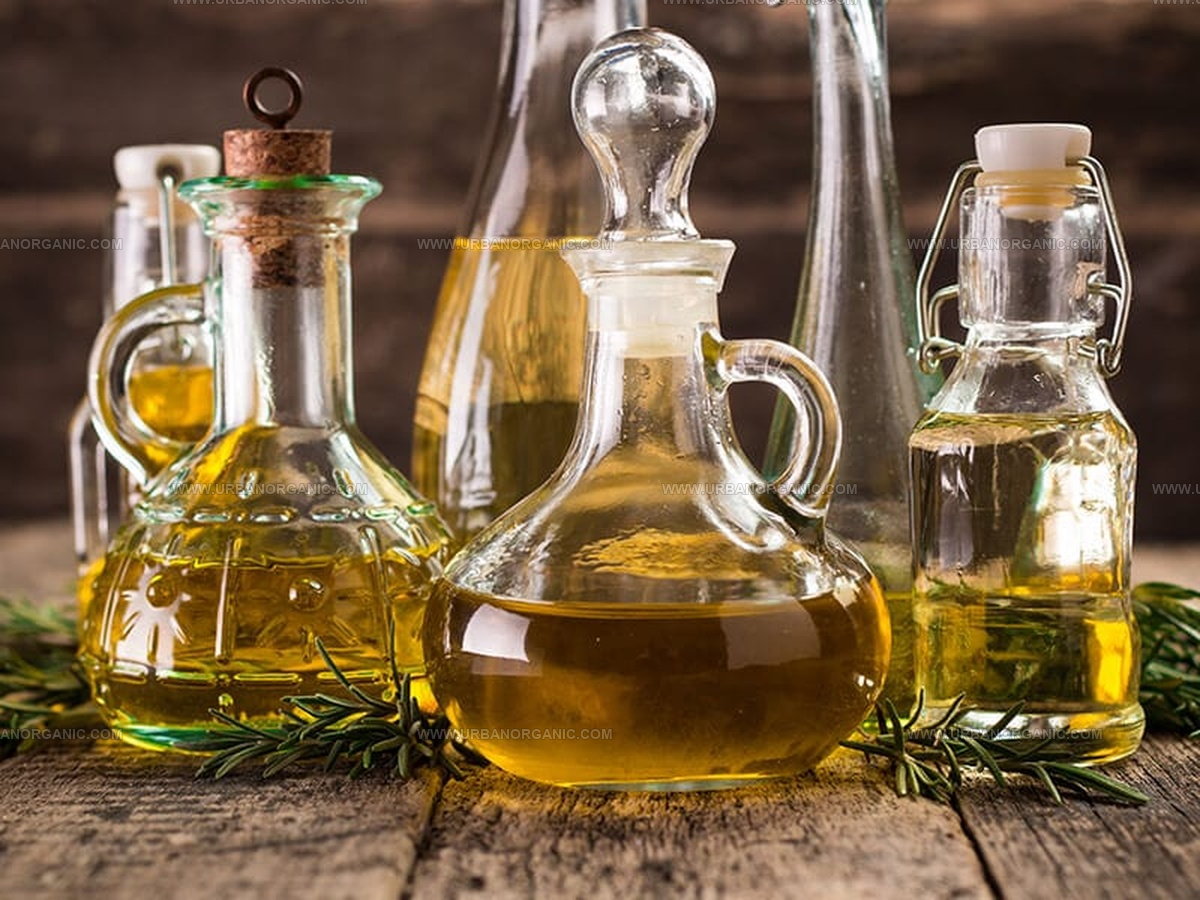
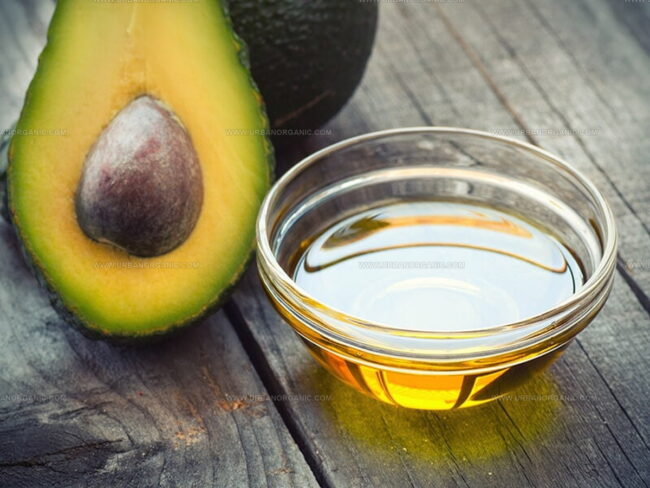
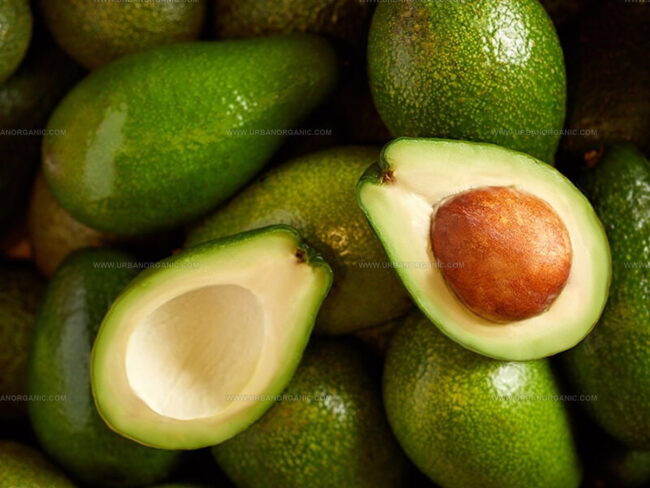
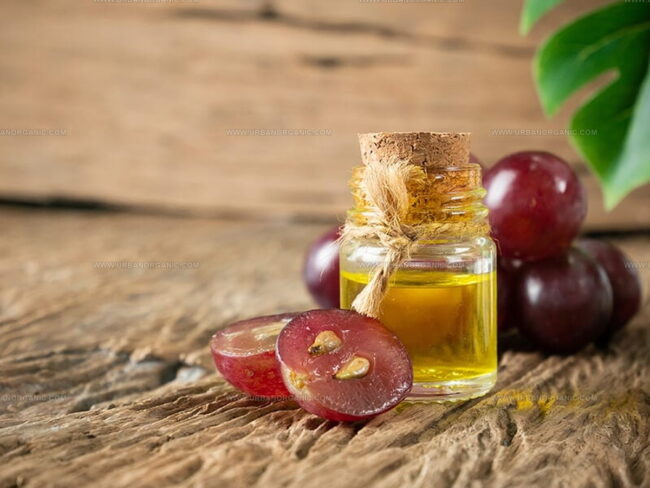
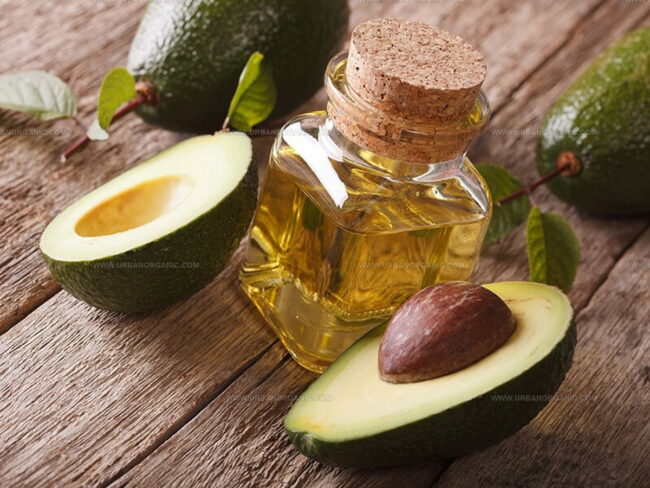


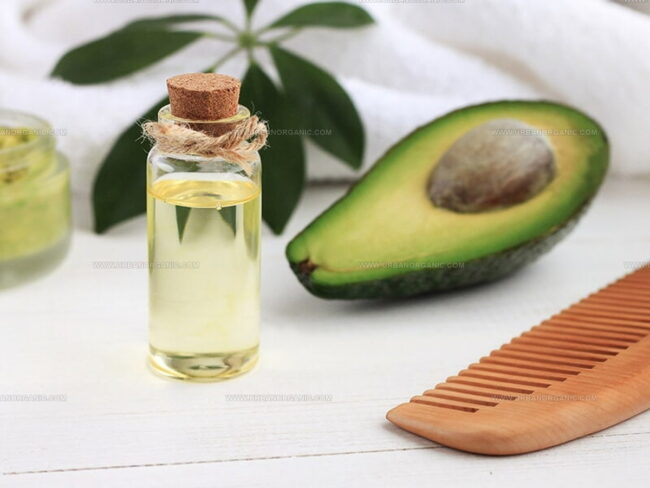
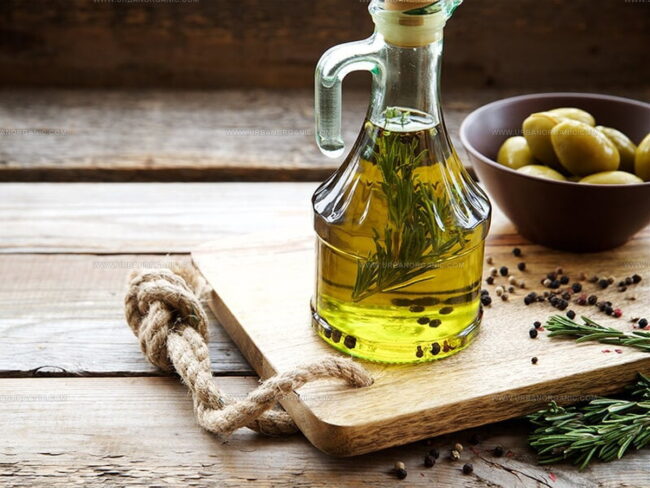
Michael Thompson
Founder & Culinary Director
Expertise
Classical & Contemporary Cooking Techniques, Global Cuisine Appreciation, Nutrition & Menu Engineering, Sustainable Cooking Practices, Farm-to-Table Cuisine
Education
Southwestern Oregon Community College
Michael grew up in Oregon, where he learned early that food tastes better when it’s fresh, local, and made with care.
After earning his degree from the Southwestern Oregon Community College, he focused his career on teaching others how to cook with the seasons, reduce food waste, and reconnect with what’s on their plate.
Michael keeps his cooking simple, sustainable, and full of flavor. His favorite part of the process? Watching people realize how easy and satisfying it can be to cook a single great meal from scratch.